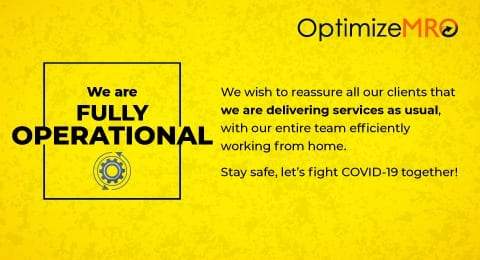Is your MRO spend at an all-time high? Are you incurring higher than ideal procurement costs? It is a good time to perform a detailed Vendor Data Analysis. Very often, vendor data gets corrupted, outdated or invalid much quicker than any other data in your ERP or EAM / CMMS system, due to the involvement of multiple stakeholders, as well as rapid evolution of the supply base. Vendors go through M&A, shift office locations, reassign accounts or go through a myriad set of changes, none of which get updates into your Vendor Master.
As part of an initial Data Audit, we review your Vendor Master, to identify issues and provide customized solutions to resolve duplicate, incorrect, inconsistent or obsolete vendor information. Very often, we also find that vendor classifications such as NAICS codes are missing, which limits the ability to develop a comprehensive supplier portfolio and makes vendor consolidation a big challenge. There are also compliance challenges to be addressed with vendors, such as their compliance to regulations such as child labor laws and anti-slavery act, as well as the need to maintain supplier diversity-related information to support strategic souring.
The initial vendor data analysis forms the basis for the vendor data optimization and maintenance strategy, which includes multiple elements, such as:
The accuracy of the vendor master data impacts your ability to maintain control on procurement, and leverage sourcing advantages by consolidating purchases.
Benefits of Accurate Vendor Master Data
A low-quality vendor master skews decision-making, leading to multiple business issues which can be expensive for an organization. Some of the top benefits of having a good quality Vendor Master are:


